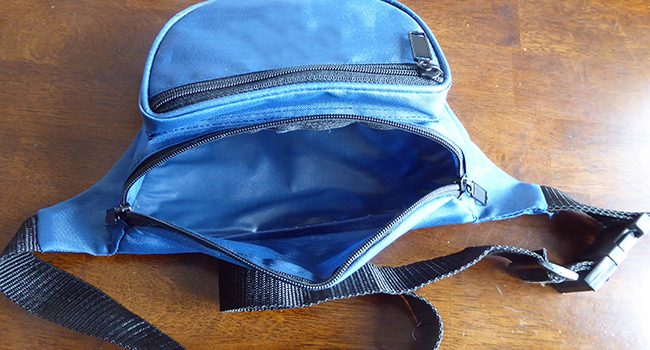
New York District Bans Backpacks in Middle, High Schools
According to a message posted on the district website, students “may only carry a small pocketbook or fanny pack for personal items.”
- By Jessica Davis
- May 24, 2019
As of Tuesday, students at Poughkeepsie City School District middle and high schools are no longer allowed to carry backpacks to school following multiple violent incidents involving students.
According to a message posted on the district website, students “may only carry a small pocketbook or fanny pack for personal items.”
The backpack ban was announced in the wake of multiple incidents involving Poughkeepsie district students. Last week, the Poughkeepsie Public School Teachers Association protested outside of Poughkeepsie Middle School, calling on the district to work on providing a safe environment on campuses.
A 19-year-old student of Poughkeepsie High School was arrested after city police said he brought a loaded gun onto campus on May 14. The student faces felony charges of second-degree criminal possession of a weapon and criminal possession of a weapon on school grounds.
According to City of Poughkeepsie police, the next day a 16-year-old was stabbed by a 14-year-old on Grubb street. The incident was a “pre-arranged fight between a high school and middle school student,” said Stephanie Green, president of the Poughkeepsie Public School Teachers Association.
Green said last week that the union’s members are demanding input on the issues of school safety and discipline. The union wants district officials to follow through on promises made regarding contacting parents, establishing consistent consequences for misbehaving students and keeping hallways clear.
“Our children have learned that there’s not necessarily going to be a consequence for their actions,” Green said.
About the Author
Jessica Davis is the Associate Content Editor for 1105 Media.